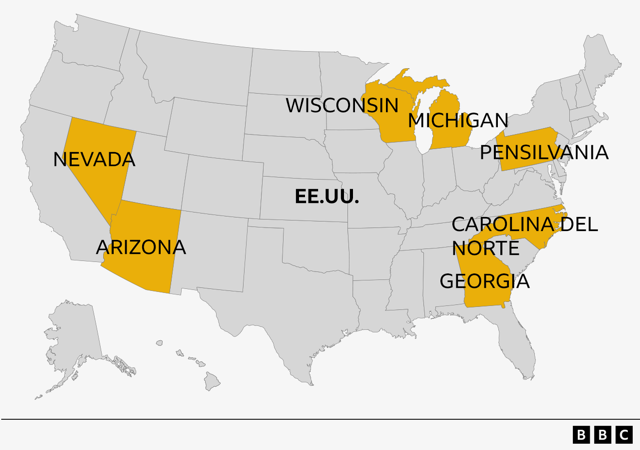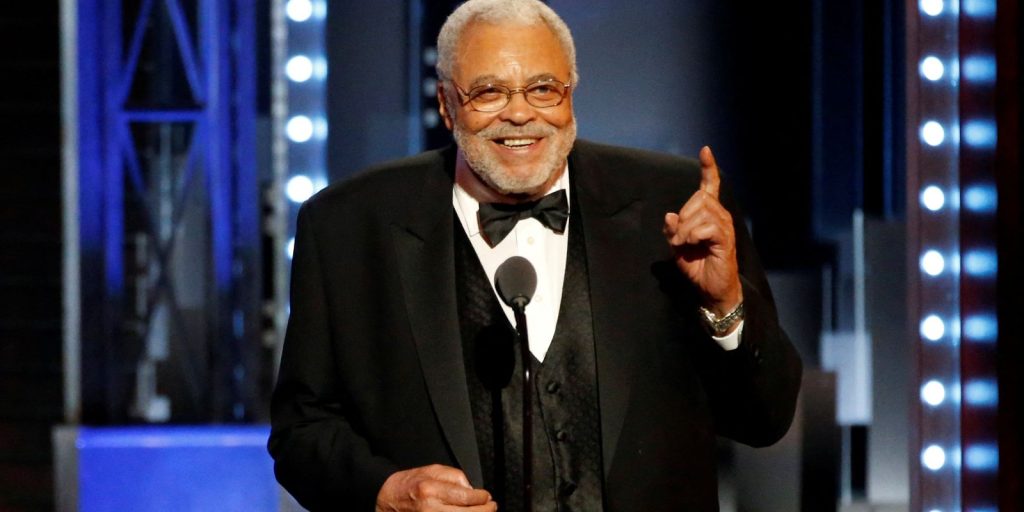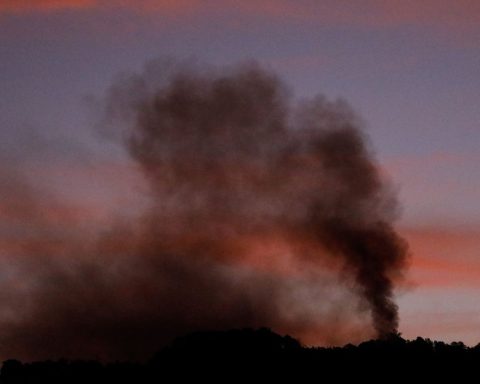September 10, 2024, 11:50 AM
September 10, 2024, 11:50 AM
Voters in the United States will go to the polls on November 5 to elect their next president.
The election was set to be a rematch of the 2020 contest between Joe Biden and Donald Trump, but was upended in July when President Biden ended his campaign and endorsed Vice President Kamala Harris, who is now the Democratic Party nominee.
The big question is: will Trump win a second term or will the US presidency be the first for a woman?
As Election Day approaches, we’re keeping an eye on the polls and analyzing what impact the campaign’s big events are having.
Who leads the national polls?
In the months leading up to Biden’s decision to drop out of the race, polls consistently showed him trailing former President Trump. Though hypothetical at the time, several surveys suggested Harris would not fare much better.
But the race for the White House evened out after Harris began campaigning and built a narrow lead over her rival. A lead she has maintained ever since, according to the average of several national polls shown below, rounded to the nearest whole number.
In the chart, the trend lines show how those averages have changed since Harris became a candidate, and the dots show the spread of results from each individual poll.
Harris reached a possible result of 47% of the votes during the Democratic Party convention in Chicago, which lasted four days and which the candidate closed on August 22 with a speech in which she promised a “new way forward” for all Americans. Her numbers have changed very little since then.
The average of Trump also remained relatively stable, hovering around 44%, and did not register a significant boost following Robert F. Kennedy’s decision to end his independent candidacy on August 23.
While these national polls are a useful guide to a candidate’s popularity across the country, they are not necessarily an accurate way to predict the outcome of an election.
This is because the United States uses an electoral college system to elect its president. That means that Winning the most votes may be less important than where they are obtained.
There are 50 states in the United States, but since most of them almost always vote for the same party, in reality Only a handful of them can determine the final outcomeThese are the places where elections will be won or lost and are known as swing states.
Who is winning in the swing states?
At this point, the polls are very tight in the seven swing states, which makes it difficult to know who is really leading the race.
There are fewer state surveys than national surveys, so we have less data to work with, and each survey has a margin of error, meaning the numbers can be higher or lower.
As things stand, Recent polls suggest there is one or less than one percentage point difference between the two candidates in several swing states, including Pennsylvania, which is key because it has the largest number of electoral votes at stake and therefore makes it easier for the winner to obtain the 270 votes needed to become president.

Pennsylvania, Michigan and Wisconsin had been Democratic strongholds before Trump flipped them Republican on his way to the presidency in 2016. Biden won them back in 2020 and, If Harris can do the same this year, she will be on track to win the election.
In a sign of how the race has changed since Harris became the Democratic nominee, the day Joe Biden abandoned his re-election aspirations, Trump was almost five percentage points ahead on average across these seven battleground states.
How are these averages created?
The figures we have used in the graphs above are averages created by the External web for survey analysis 538part of the American news network ABC News. To create them, 538 collects data from individual surveys conducted both nationally and in battleground states by many polling companies.
As part of its quality control, 538 only includes surveys from companies that meet certain criteria, such as being transparent about how many people they surveyed and disclosing when the survey was conducted and how it was conducted (phone calls, text messages, online, etc.).
You can read more about the 538 methodology here.

At this point, polls suggest that Kamala Harris and Donald Trump are within a couple of percentage points of each other.
Both nationally and in the swing states, when the race is so close, it is very difficult to predict the winners.
Can we trust the polls?
The Polls underestimated Trump’s support in both 2016 and 2020Polling firms will try to address this problem in a number of ways, including making their results reflect the makeup of the voting population.
It’s hard to make those adjustments correctly, and pollsters still have to make educated guesses based on other factors, such as who will actually turn out to vote on Nov. 5.
Written and produced by Mike Hills and Libby Rogers. Art by Joy Roxas.

And remember that you can receive notifications in our app. Download the latest version and activate them.


















